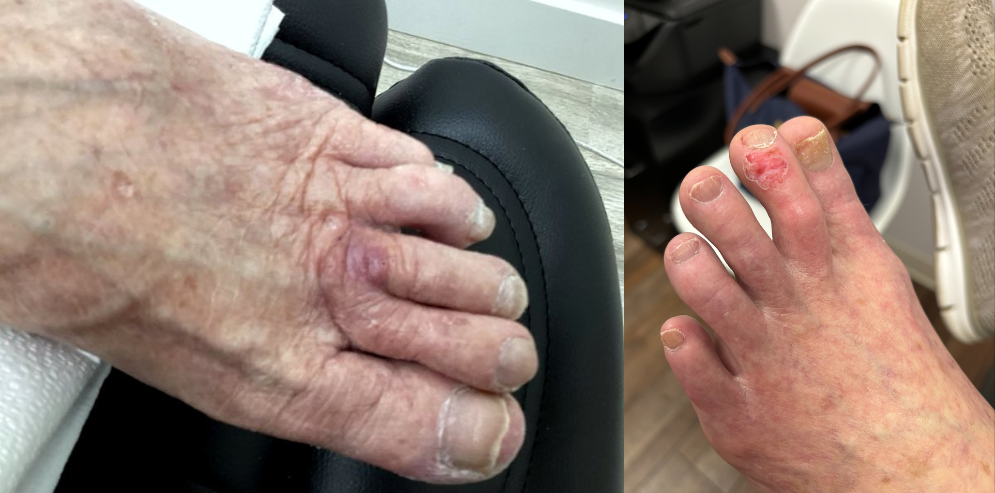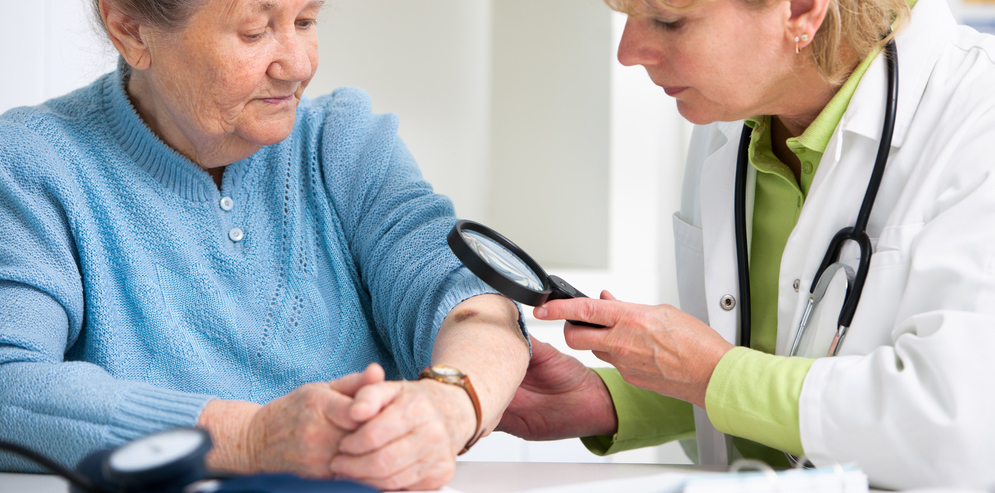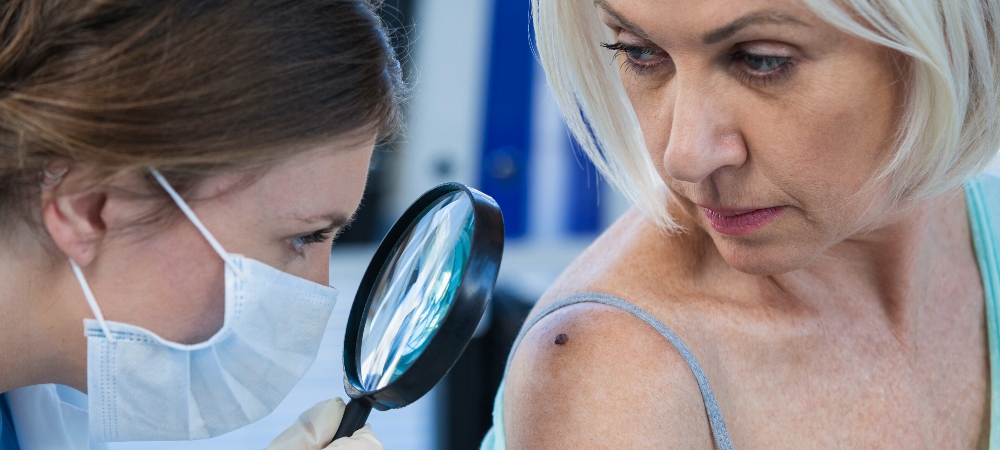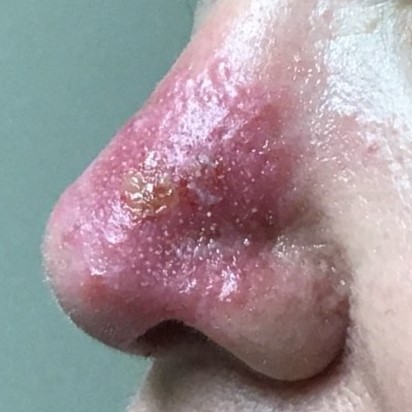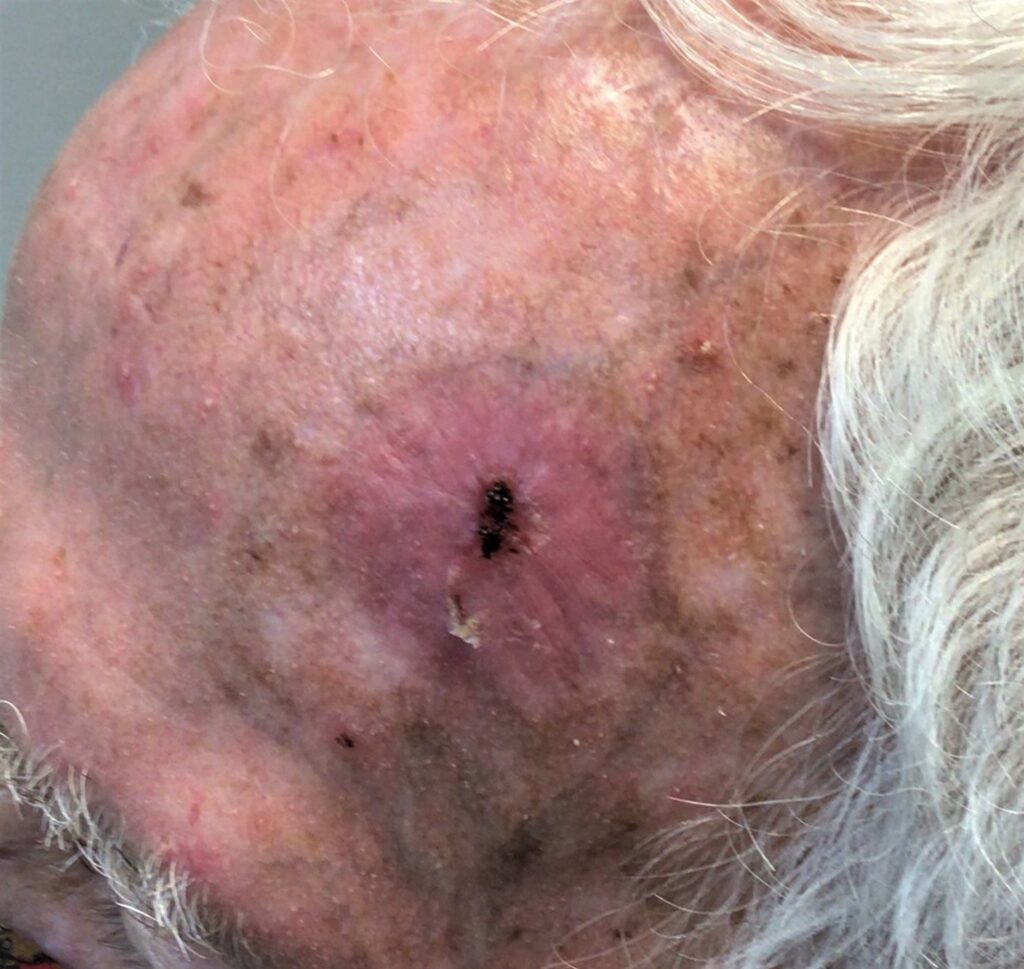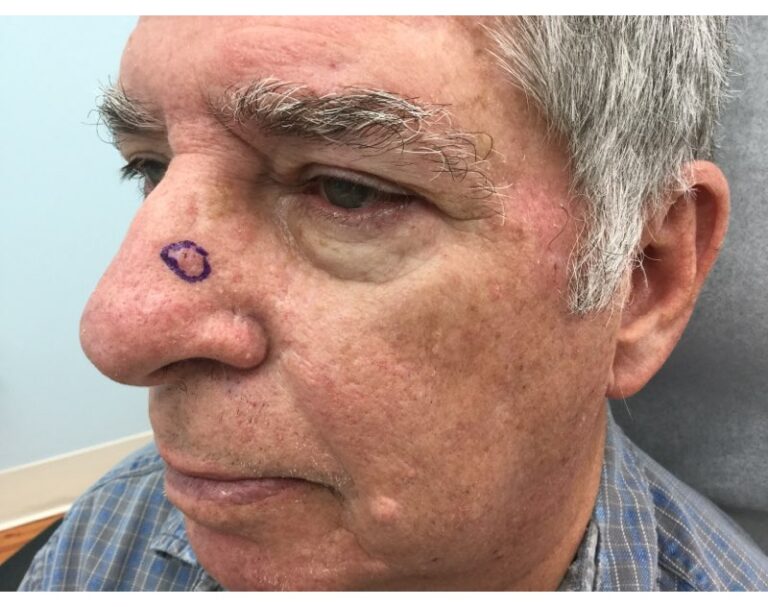
Skin cancer is the most common type of cancer in the United States, with non-melanoma basal cell skin cancer and squamous cell skin cancer being the two most commonly diagnosed types of skin cancer among the more than 3 million cases confirmed each year. When you consider these statistics, it becomes clear why it is so important for individuals to have a skin cancer screening performed by a licensed dermatologist. A skin exam can help detect skin cancer when it is in its earliest and most treatable stage, but exactly how often should it be performed?
The Importance of Annual Skin Cancer Screenings
A full-body skin cancer screening should be performed at least once per year starting in your 20s or 30s, and possibly more often if you are someone who is at a higher risk. If the following factors apply to you, it is especially important to schedule at least an annual screening:
- Blonde or red hair
- Light eyes (blue, grey, green)
- Fair skin that burns or freckles quickly
- Family history of skin cancer
- Personal history of skin cancer
- History of suspicious moles (even if they never became cancerous)
- History of bad sunburns or sunbed use
- More than 50 moles on the body
If you have a suspicious-looking mole or blemish on your skin that hasn’t been examined, it is recommended that you schedule a skin cancer screening with a licensed dermatologist without delay. Skin cancer is not contagious, so a diagnosis in your social circle should not be cause for immediate alarm. However, it never hurts to schedule screenings more often!
What to Expect During a Skin Cancer Screening
During a skin cancer screening, your doctor will examine your skin from head to toe. If they detect any unusual spots, they’ll get a closer look with a dermatoscope – a tool used to magnify spots on the skin. Suspicious spots will also be noted so that they can be monitored for changes over time, and in some cases, a tissue sample (biopsy) will be taken from the spot and sent out to a lab to be tested for cancerous cells. If it tests positive, your doctor will contact you to tell you what type of skin cancer it is and discuss your treatment options.
How to Prepare for a Skin Cancer Screening
- Self-Examine Your Skin – It is often helpful to do a self-examination before your appointment, noting any particular spots you want to be sure the doctor observes.
- Remove Nail Polish – Your full-body skin exam will include your fingers, fingernails, and nail beds, so it’s helpful to remove any nail polish beforehand.
- Keep Your Hair Loose – Your exam will start with your doctor checking your scalp for skin cancer, which is most effectively done when you’re not wearing any hair ties or hair clips.
- Remove Any Makeup – If you’re wearing makeup, you’ll want to remove it so that your doctor can clearly examine your facial skin, especially around the eyes.
- Bring a List of Questions – Have questions you’d like answered? Don’t be shy; bring a list of everything you’d like to speak with your doctor about. Whether you’re looking for skin protection tips or just want to know more about skin cancer in general, they’re here to help you.
Contact GentleCure to Learn More
If your skin cancer screening resulted in a skin cancer diagnosis, call 855-936-4411 to speak with a GentleCureTM Skin Cancer Information Specialist. An annual skin exam is your first line of defense against skin cancer, allowing you to detect and treat it early on. If you would like to know more about Image-Guided Superficial Radiotherapy (Image-Guided SRT), the surgery-free treatment option for common skin cancers, you can get started by learning how it works and reading up on what to expect during treatment.
